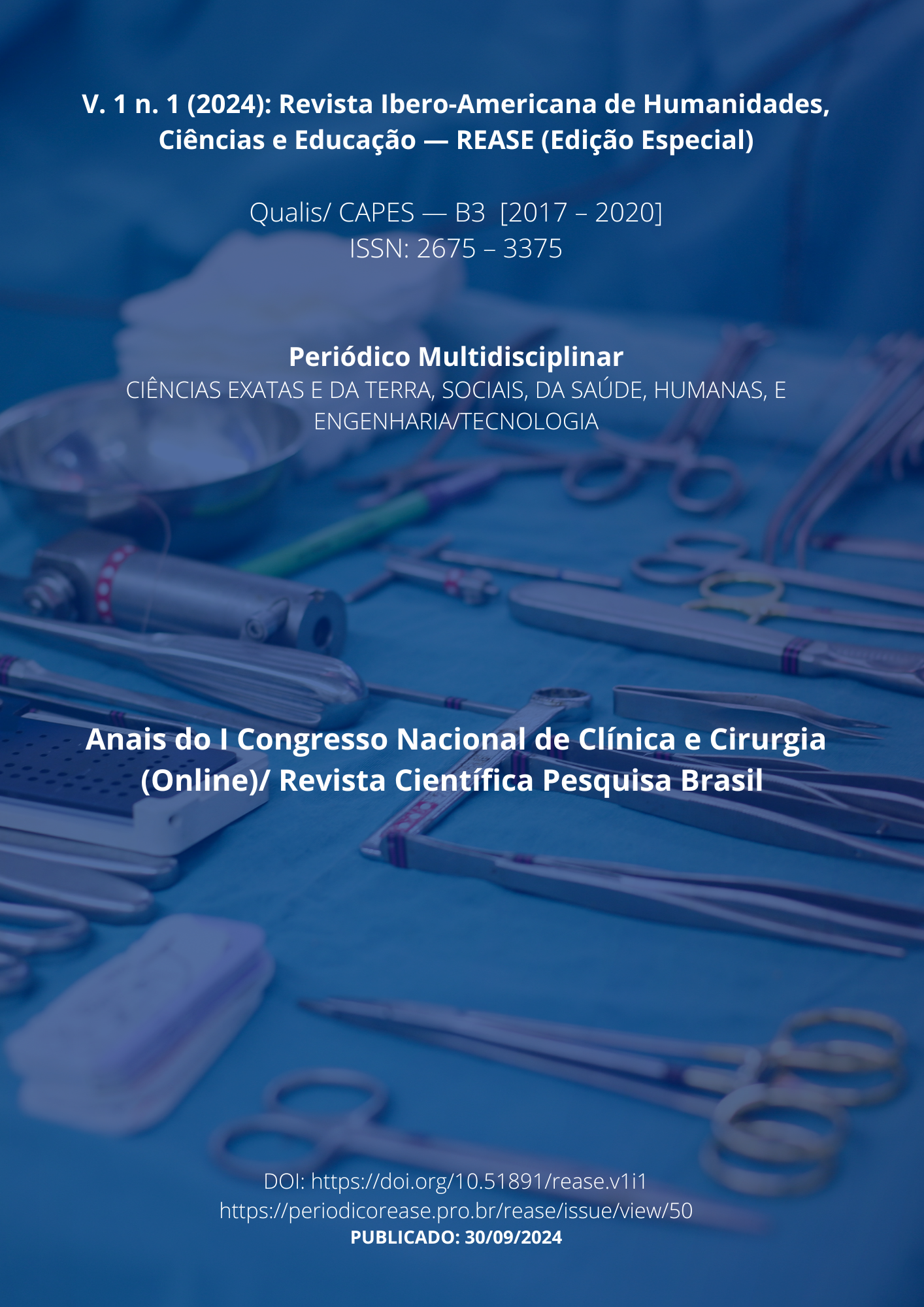USE OF ANTICOAGULANTS IN PATIENTS WITH ATRIAL FIBRILLATION: AN INTEGRATIVE REVIEW OF CLINICAL GUIDELINES
DOI:
https://doi.org/10.51891/rease.v10i10.16173Keywords:
Anticoagulants. Atrial fibrillation. Clinical guidelines.Abstract
Introduction: Atrial fibrillation (AF) is the most common cardiac arrhythmia and is associated with an increased risk of stroke and thromboembolic complications. The use of anticoagulants is widely recommended to prevent these events, but clinical guidelines have evolved over time, especially with the introduction of new oral anticoagulants (NOACs). Objective: The objective of this integrative review is to analyze and compare the most recent clinical guidelines on the use of anticoagulants in patients with atrial fibrillation, considering the efficacy, safety, and recommendations for traditional and new anticoagulants. Methodology: A search was performed in the PubMed, Scopus, and Cochrane databases to identify guidelines published between 2015 and 2023 that address the management of anticoagulation in patients with AF. Guidelines from societies such as the American Heart Association (AHA), European Society of Cardiology (ESC), and other relevant ones were included. The analysis was conducted by comparing recommendations on the use of vitamin K antagonists (such as warfarin) and NOACs, as well as criteria for choosing therapy, such as the CHA2DS2-VASc score. Results and Discussion: The review included six main guidelines, which highlight the superiority of NOACs in terms of reducing thromboembolic events and lower risk of major bleeding compared to vitamin K antagonists. The ESC and AHA guidelines suggest that NOACs should be the first choice for most patients with non-valvular AF, especially those at moderate to high risk of stroke. Warfarin is still recommended in patients with valvular heart disease and mechanical prostheses. In addition, the guidelines emphasize the importance of individualizing therapy based on factors such as age, renal function, and bleeding risk, using tools such as the HAS-BLED score. Conclusion: The most recent clinical guidelines favor the use of NOACs as standard treatment in patients with atrial fibrillation due to their efficacy and superior safety profile. The choice of anticoagulant should be individualized, considering the comorbidities and risks of each patient. The adoption of evidence-based guidelines is essential to improve clinical outcomes and reduce complications associated with AF.
Downloads
Downloads
Published
How to Cite
Issue
Section
Categories
License
Atribuição CC BY

